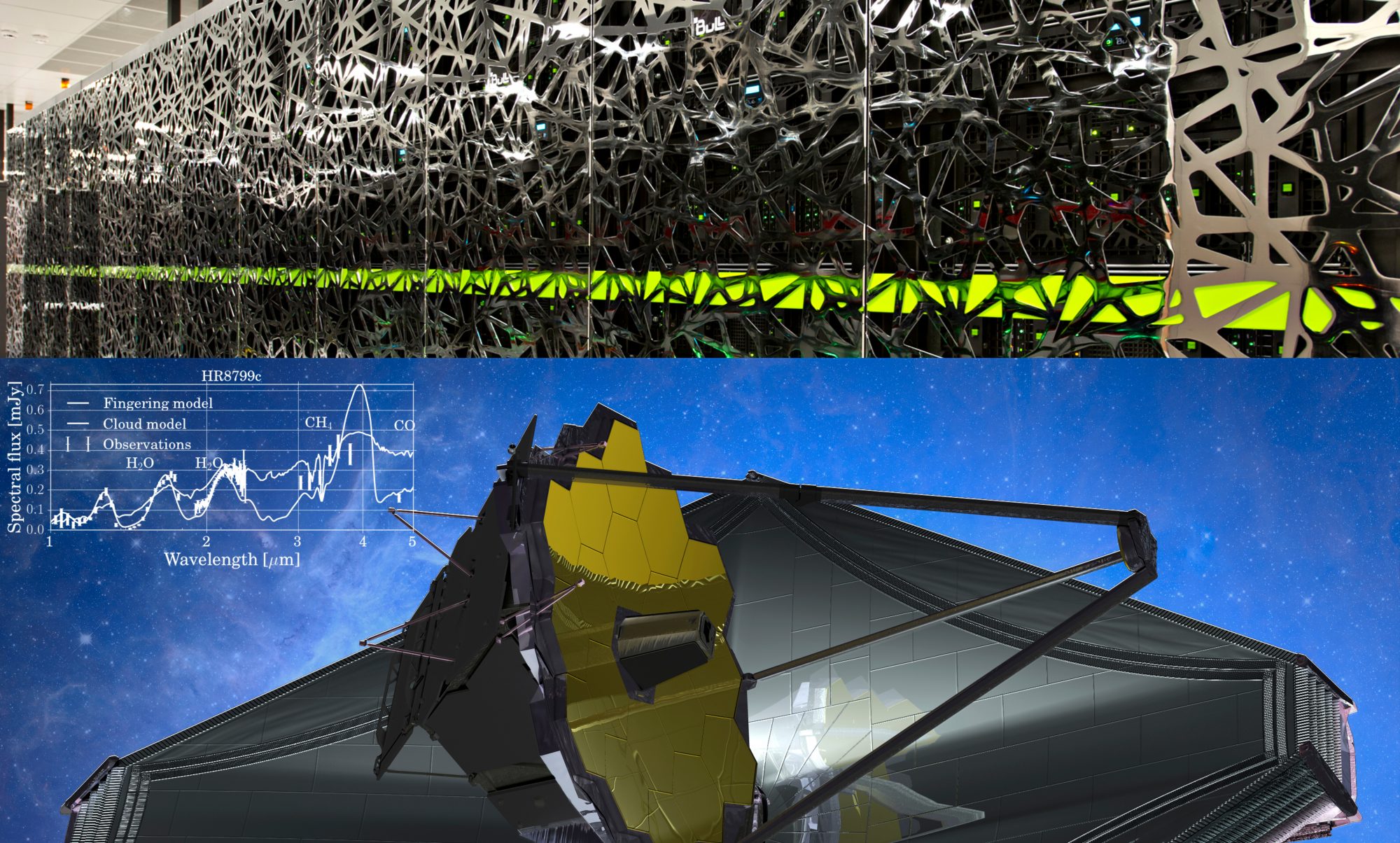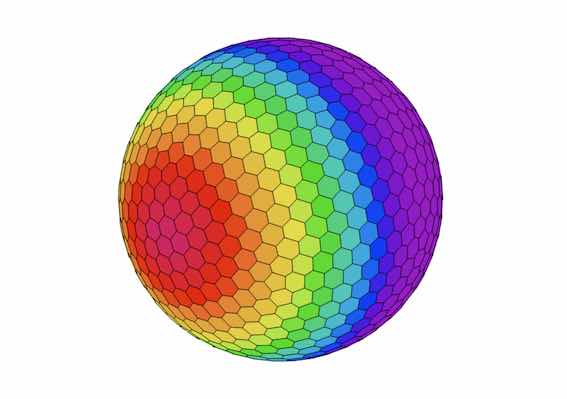By adapting the 3D general circulation model DYNAMICO developed at LSCE to the study of exoplanets, we have shown that the unexplained radius inflation of Hot Jupiters is the result of the long timescale meridional circulations that heat up the deep atmosphere. Thanks to the increased performances of the code and by using low resolutions (similarly to paleo-climate studies for Earth climate), simulations on a timescale of 1000 years (usual runs in the literature used a timescale of ~1 year) demonstrate that the deep circulations induced by the irradiation in the outer atmosphere are sufficient to confine the heat in the interior of the planet and keep it “puffy”. The full article detailing these simulations, and our analysis of the results, is available online as part of Issue 632 (December 2019) of Astronomy and Astrophysics.

An ERC project to study atmospheres across the Universe
